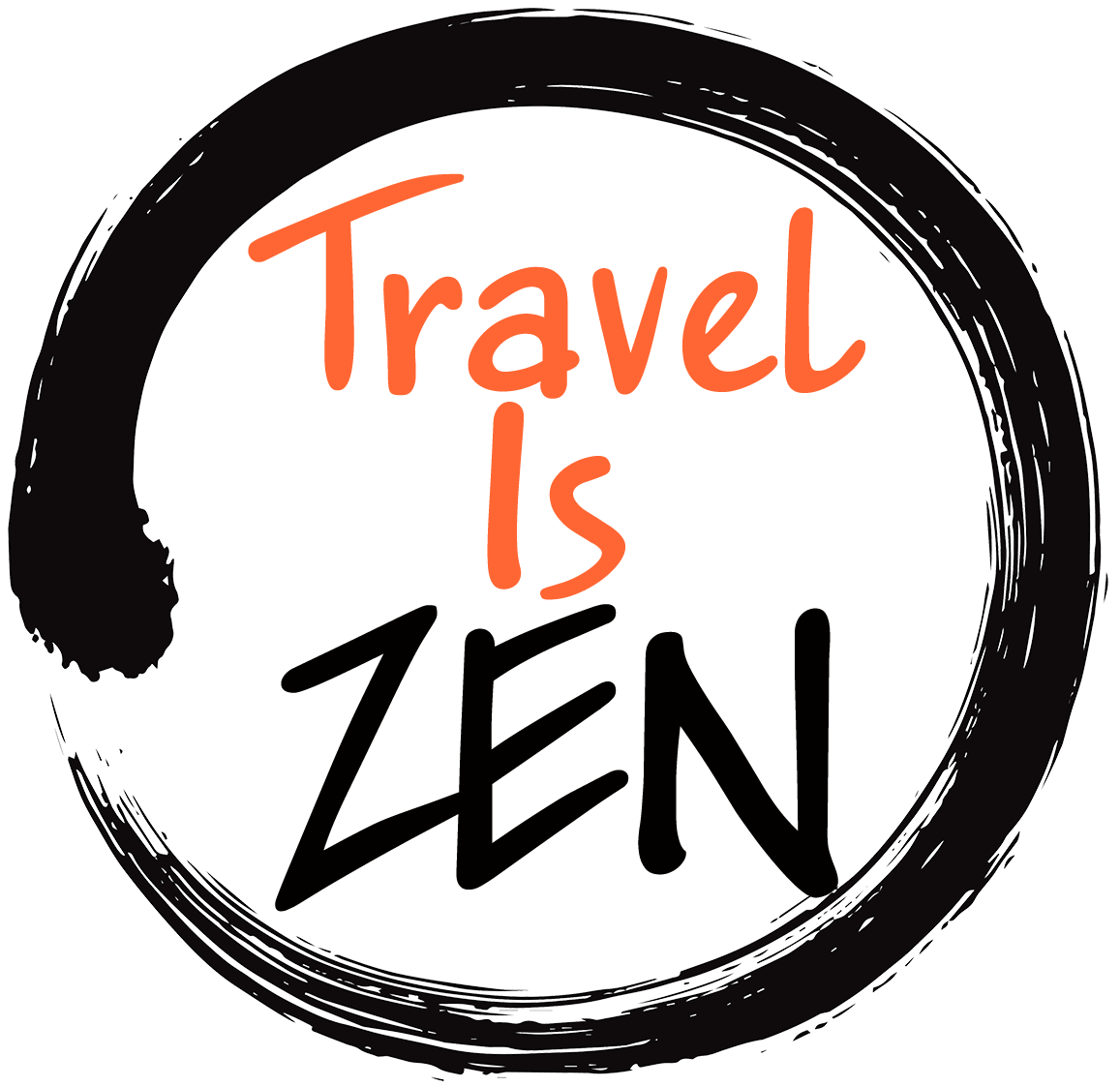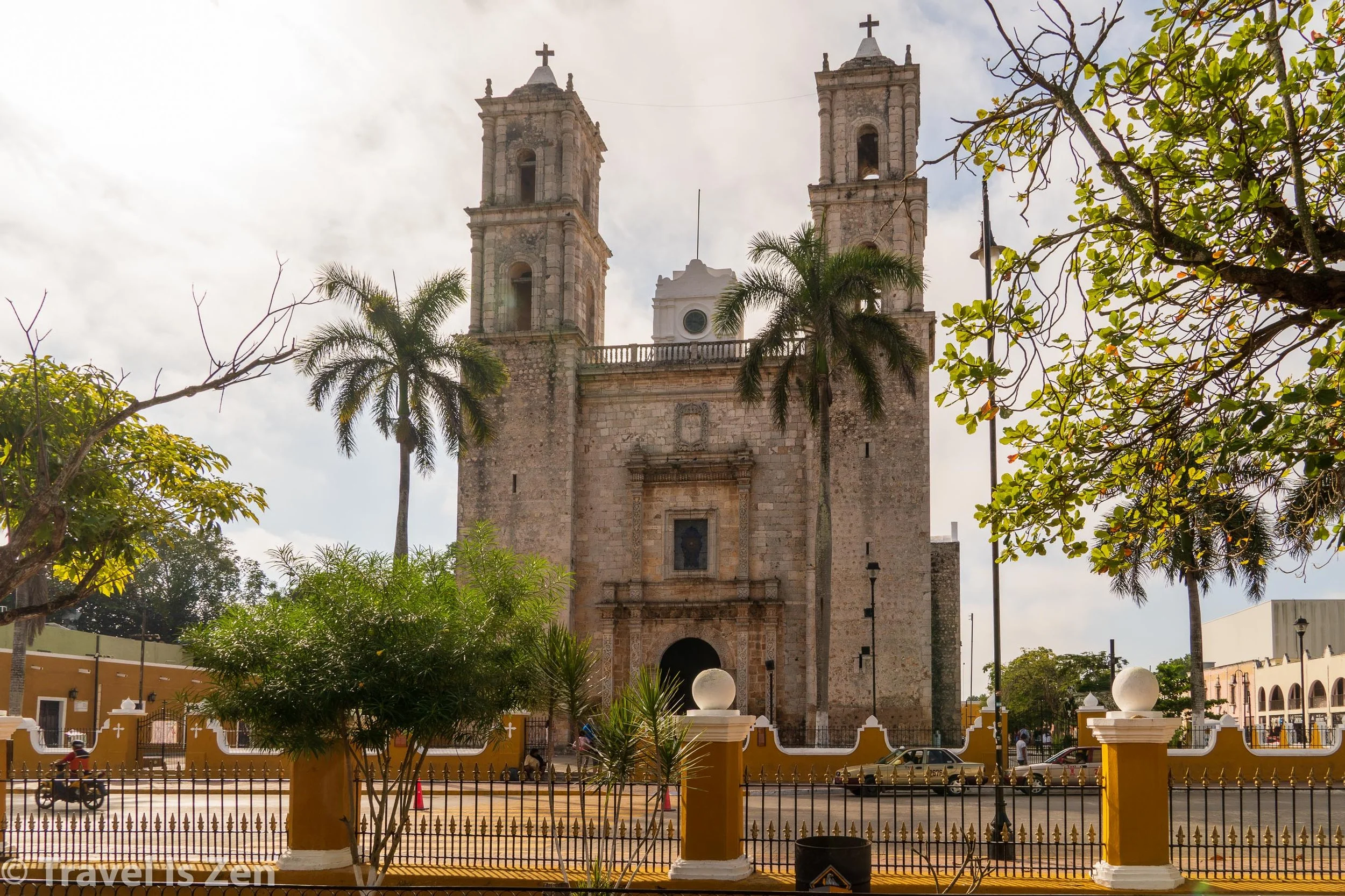Yucatan Road Trip: Valladolid
Welcome to Valladolid, a colorful but sleepy little town west of the Mayan Riviera. Valladolid was our home base for several nights while we explored surrounding sites, such as Coba and Chichen Itza. We came here for the food, but fell in love with the slow pace, night market, funky art shops, and street carts.
Click on any image for a slide show view.
Valladolid has been settled for centuries. Initially, it was a major Mayan temple complex with pyramids and pok-ta-pok ceremonial ballfields. When the Spanish conquistadors arrived in 1543, they quickly subdued the Cupul people living there, renamed the town from Zaci to Valladolid, and used the stones of the temple to build a colonial city. Former inhabitants ran away, died of disease, or were enslaved. A similar story exists for nearly every major city across the Yucatan - there were locals, they were conquered by the Spanish, they were expected to assume their inferior role in the Spanish colonial caste system, many died of war, disease and famine.
Important note: Spaniards never actually succeeded in wiping out the Mayan culture. While Valladolid has characteristic colonial layout, architecture, and churches, the Mayan people still call it Zaci — and the Mayan language is still used by the indigenous peoples of the region (as we’ll explore in Coba). But the Spaniards did introduce pigs/pork to the region, substantially diversifying menu options.
Mayan Foods
We had a list of traditional Mayan foods to try on our Yucatan road trip. We were off to a great start in Valladolid, where we hit the Bazar Municipal food court just across the street from Francisco Canton Rosado central square. Lots of different vendors sell a huge variety of traditional foods, from huevos motulenos to longaniza valladolid to lomitos de valladolid. We checked off: papadzules (vegetarian enchilada with egg smothered in pepita salsa), sopa de lima (citrus flavored chicken soup), kibis (a strange falafel infusion from Lebanese immigrants), and soft puffy panuchos (a street taco). Our fav? Sopa de lima was unexpectedly flavorful, unique, and delicious. It’s made with a local sour lime that transforms ordinary chicken broth into an explosion of flavor.
Highlights
Trying new foods is always fun for us, so the food court was definitely a highlight. In addition, we enjoyed just exploring the town on foot, discovering the night market, tequila museum, art shops (particularly Horazio Sanchez’s art studio), antique stores, and parks. We visited in December, so we really appreciated a beautiful Christmas-themed botanical display, free to the public for browsing.
Where We Stayed
We stayed at an AirBnB in Valladolid for 4 nights, which served as our central base to explore the town and nearby sites in Chichen Itza and Coba (both were less than two hours away). The AirBnB was within walking distance to the main central plaza, included parking and had a well-kept pool.
It was a really cool place to stay — with the exception of the neighborhood night guard. Incessant barking. all. night. long. On the 2nd night, I opened the front door at 3:30 in the morning. Doggie was standing there. S/he stared at me, and gave me a few gruff warning growls (as if to say, “get back inside”). Then doggie’s gaze went back to the dark alley next to our house and high-pitch yapping resumed. I like to believe doggie was protecting us from a prowling jaguar or some satanic creature of the night. I bring and have grown accustomed to sleeping with headphones, which comes in handy in less-developed countries where dogs are a fact of life (ah-hem, Vietnam!). Crank ‘em up and drown ‘em out!

































